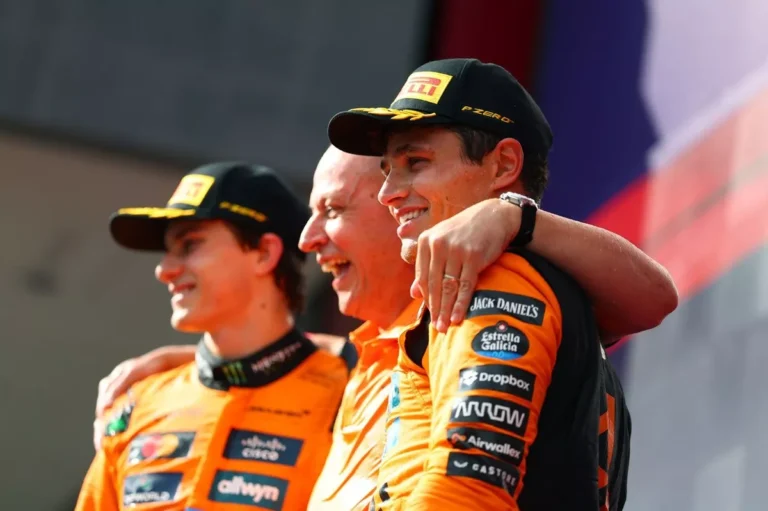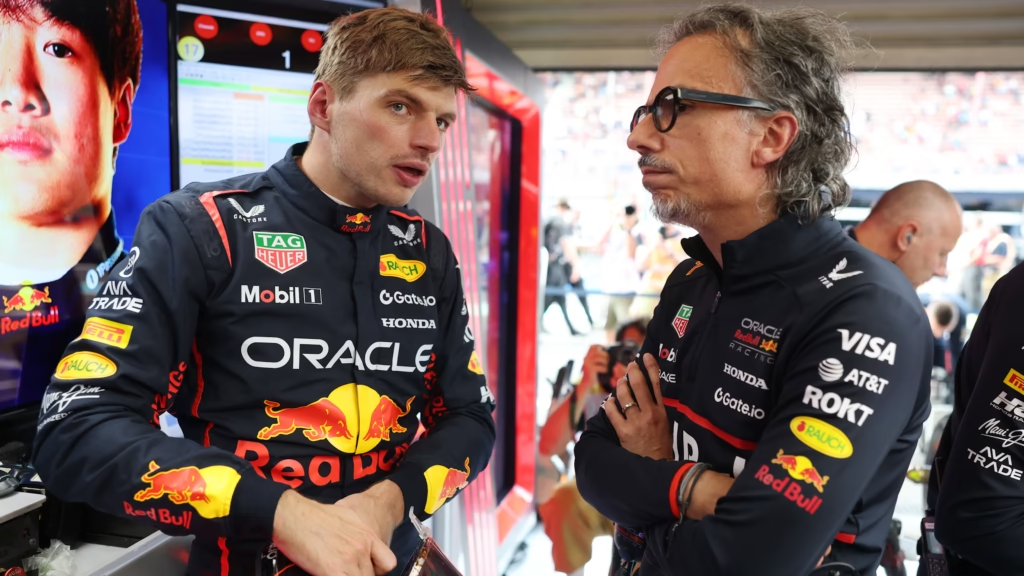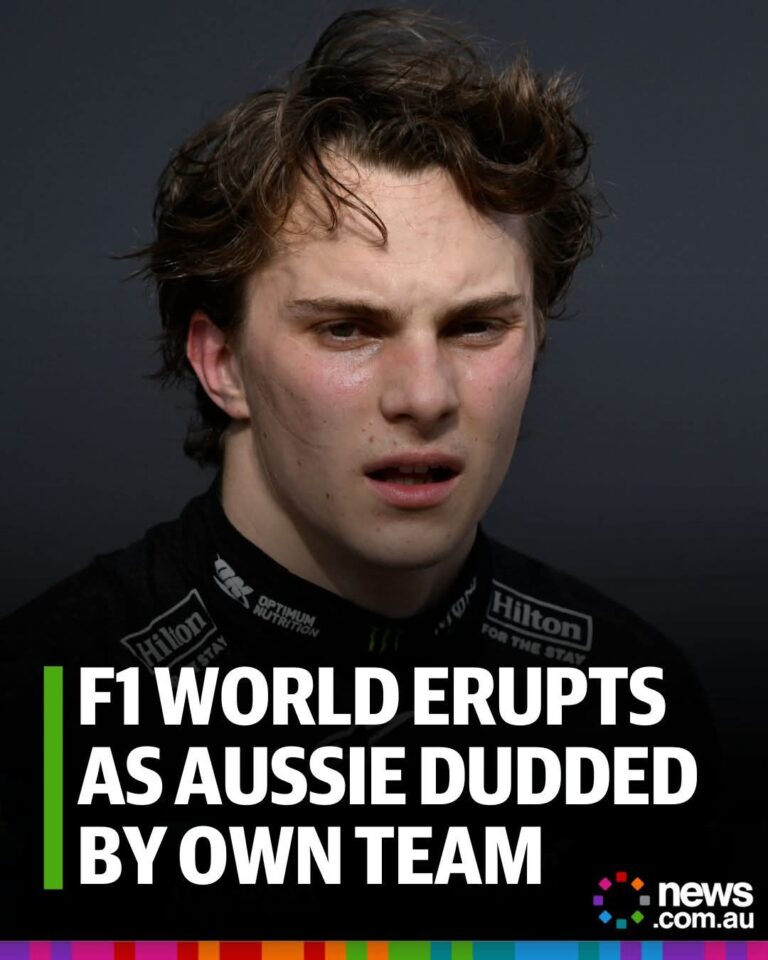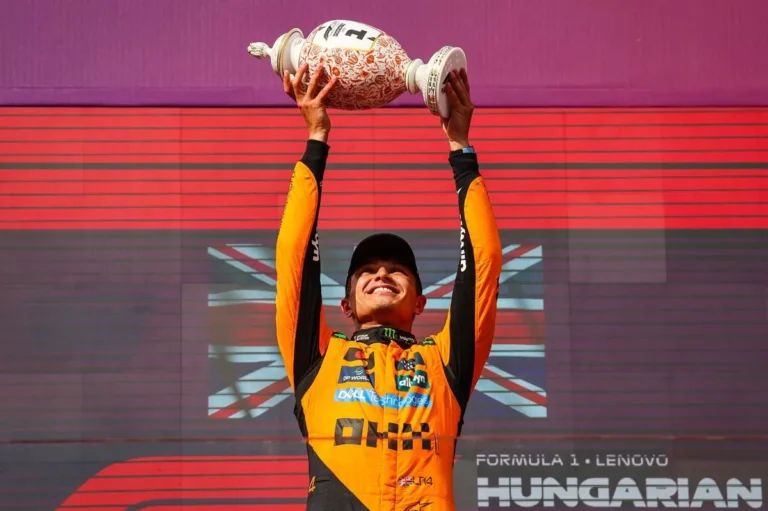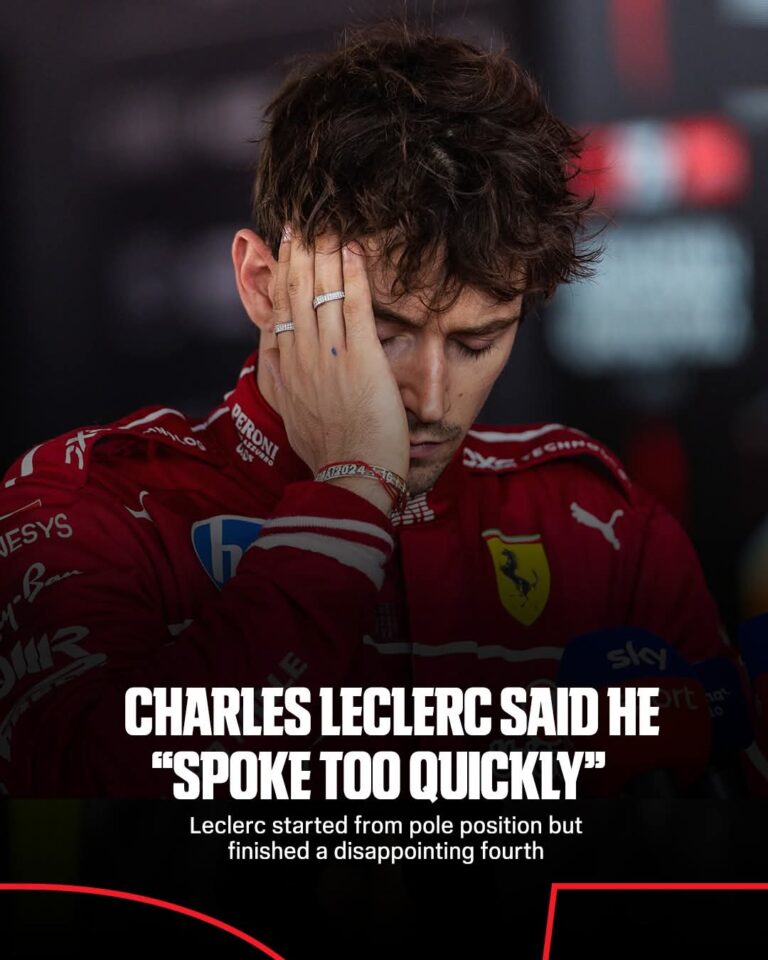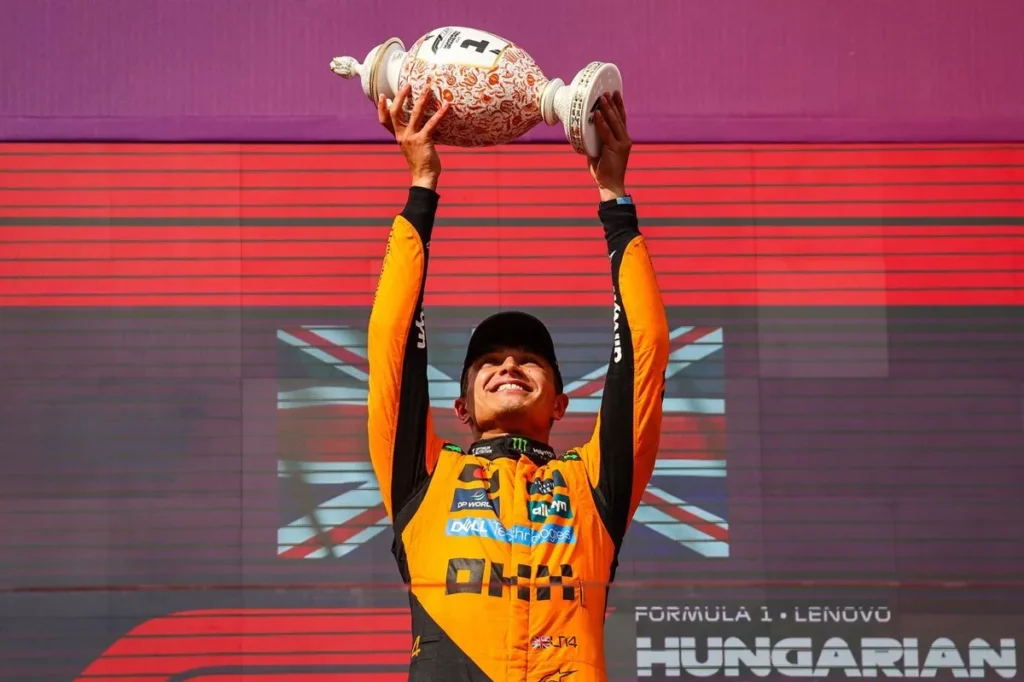
As the 2025 Formula 1 season hits the pause button for its summer break, the Hungarian Grand Prix offered a dramatic send-off filled with standout performances and disappointing letdowns. Fourteen races in, the Budapest round brought surprises across the grid, with some drivers ending the first half of the season on a high, while others were left needing time to regroup. The event’s mixed fortunes served as a telling snapshot of which teams are thriving and which ones must address growing concerns before the second half kicks off.
Lando Norris emerged as the star of the weekend, claiming his ninth Grand Prix victory. While his initial launch was less than ideal—losing ground to George Russell and Fernando Alonso—it ended up working in his favor. Falling behind early forced McLaren to stretch his opening stint and pivot to a bold one-stop strategy. Although even McLaren wasn’t initially convinced it would work, the gamble paid off. Meanwhile, teammate Oscar Piastri’s attempt to undercut Charles Leclerc backfired, shifting his focus to Norris instead. Despite closing the gap on fresher tires, Piastri couldn’t complete the overtake, ultimately cementing Norris’s win and bringing him within nine points of the championship lead.
McLaren’s tactical daring, rather than cautious conservatism, defined its 200th Grand Prix victory. Their drivers fought hard at the front instead of simply protecting position. Piastri drove well but came up short due to strategy, not skill, showing how narrow the margins can be at the top level. Norris, on the other hand, converted an underwhelming start into a strategic triumph. McLaren’s decision-making—especially in a high-pressure environment—proved pivotal, making this race a masterclass in racecraft rather than just raw pace.
On the flip side, Charles Leclerc’s promising start unraveled dramatically. After securing a surprise pole position thanks to a stellar qualifying performance in tricky, windy conditions, the race looked promising. However, post-pit stop pace issues on the hard compound tires crippled his chances. Leclerc’s frustration with team decisions, especially related to energy management, boiled over during the race. He drew the stewards’ attention with aggressive defensive moves against Russell, earning a mild five-second penalty. Considering the circumstances, many saw the punishment as too lenient given the safety risk.
George Russell, meanwhile, had one of his most encouraging weekends of the season. After Mercedes reverted their car setup to an earlier specification—effectively abandoning a recent upgrade—the W15 came alive again. Russell nearly clinched pole and showed strong race pace throughout. His P3 finish, the best among non-McLaren drivers, marked a return to form for both driver and team. As the paddock heads into the break, Russell does so with renewed confidence, a well-earned holiday, and the expectation of a fresh Mercedes contract to sign when he returns.
